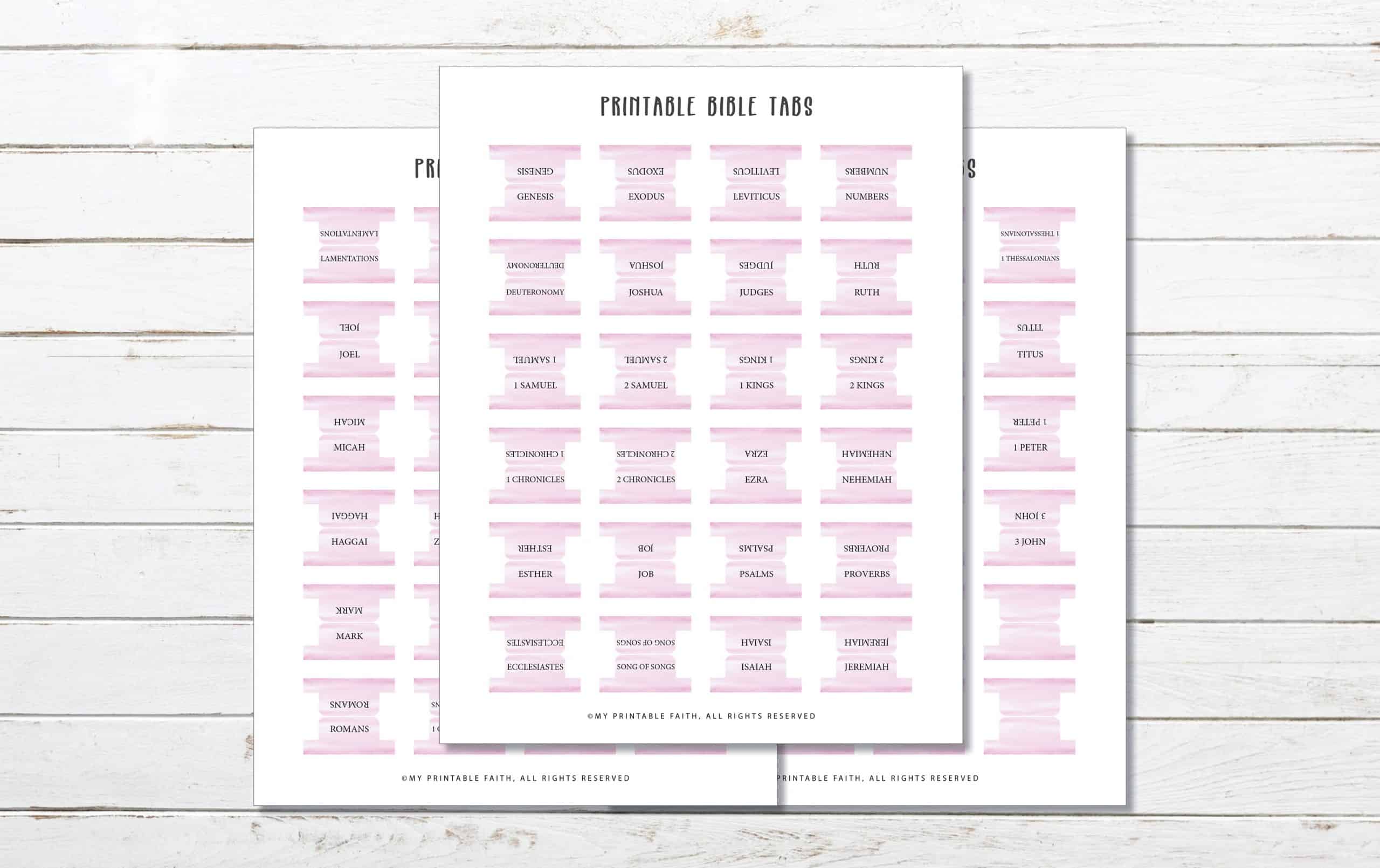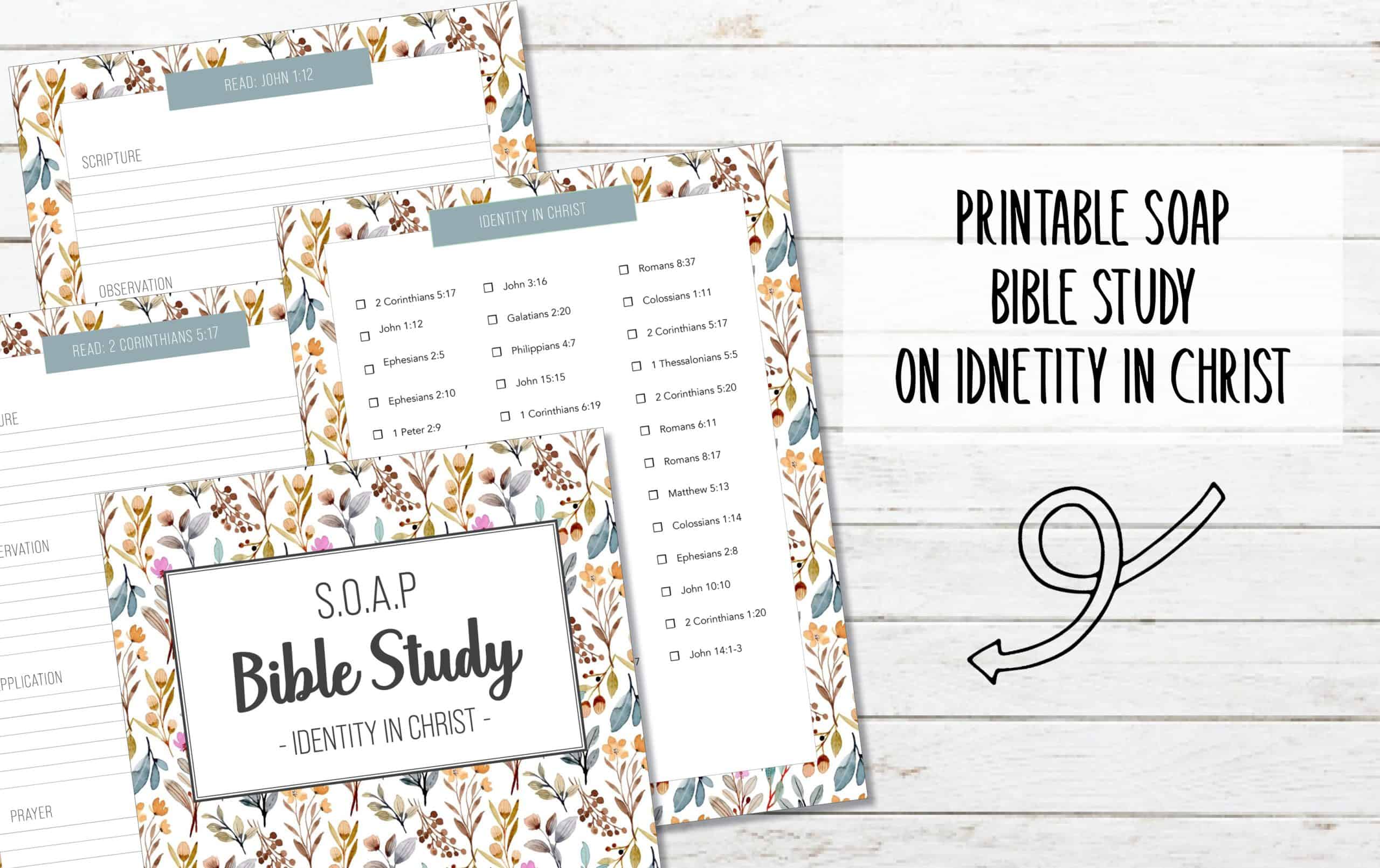Scripture journaling is not the same as keeping a diary, it is not keeping a log of facts and events of the day and is not just about a record of your feelings and thoughts.
It is a way of integrating Scripture with your thoughts and feelings, ideas and goals, and your experiences in a way that can enrich, not just your journaling but also your experience of Scripture, allowing it to have a deeper impact in your life.
There are many benefits to journaling in general. It helps with organising your thoughts, recording your ideas, helps with goal setting, relieves stress, allows for self-reflection, inspires creativity, to name a few.
So why should I do Scripture journaling and not just regular journaling?
Scripture journaling is a process that can slow us down from the busyness of our lives to take some time of reflection on Scripture and how it relates to ourselves and our lives. It can be an enriching experience that nurtures us spiritually as well as emotionally and mentally.
It will take your experience of reading the Scriptures to a whole new level.
It will also act as a record of your journey in your relationship with God that you can go back to at any time, reflect on, give thanks for, and be encouraged by as you see how God has been working in your life.
To get started all you need is the Scriptures, a book to journal in, a pen, and, if you feel creative, some coloured pencils, stickers, highlighters, paints, and anything else you may want to use to express yourself with.
It may seem a daunting thing to do, and you may not know where to begin, so here are 5 simple steps to help you work through as you begin your Scripture journaling journey.
Step 1 – Pray
Start with praying and asking God to reveal Himself to you, to guide, lead and teach you through His Word. Your prayer could be Psalm 119:18 “Open my eyes that I may see wondrous things out of Your law’.
Step 2 – Read the Scripture
As you read through the Scripture think about the words, look up words you may not understand, use the footnotes and cross-references, and any other resources you may have to help you understand what you are reading and it’s context.
Step 3 – Ponder
Take some time to ponder on what you have read, what is it saying about God, about you, and about how it might apply to your life.
Step 4 – Write
Begin writing. You may write out a verse, or some key words or phrases that stand out to you. You can highlight and circle words that stand out to you. You might use cursive writing for some words or phrases or use different styles of lettering and sizes to emphasise things.
If you feel like being a little more creative you can draw a picture or design that reflects what you have read, or how it makes you feel. You can be as creative as you want to be with this, use whatever medium you wish, stickers, paints, whatever you want. This is about your personal expression of the Scriptures, it doesn’t matter what it looks like, this is your expression.
You may even want to write a poem or a prayer to express yourself.
Step 5 – Reflect
Take a moment now to look at what you have read and what you have written and created. Reflect on what you have learned and thank God for it. There may be a special verse that you commit to memory and reflect on throughout the day.
As you practice Scripture Journaling you will develop your own unique style which will be personal to you.
You can download a FREE scripture journaling page below to get you started.
Happy Scripture Journaling!
FREE Scripture Journal Page





